MoCA vs. Ethernet: Exploring the Pros & Cons
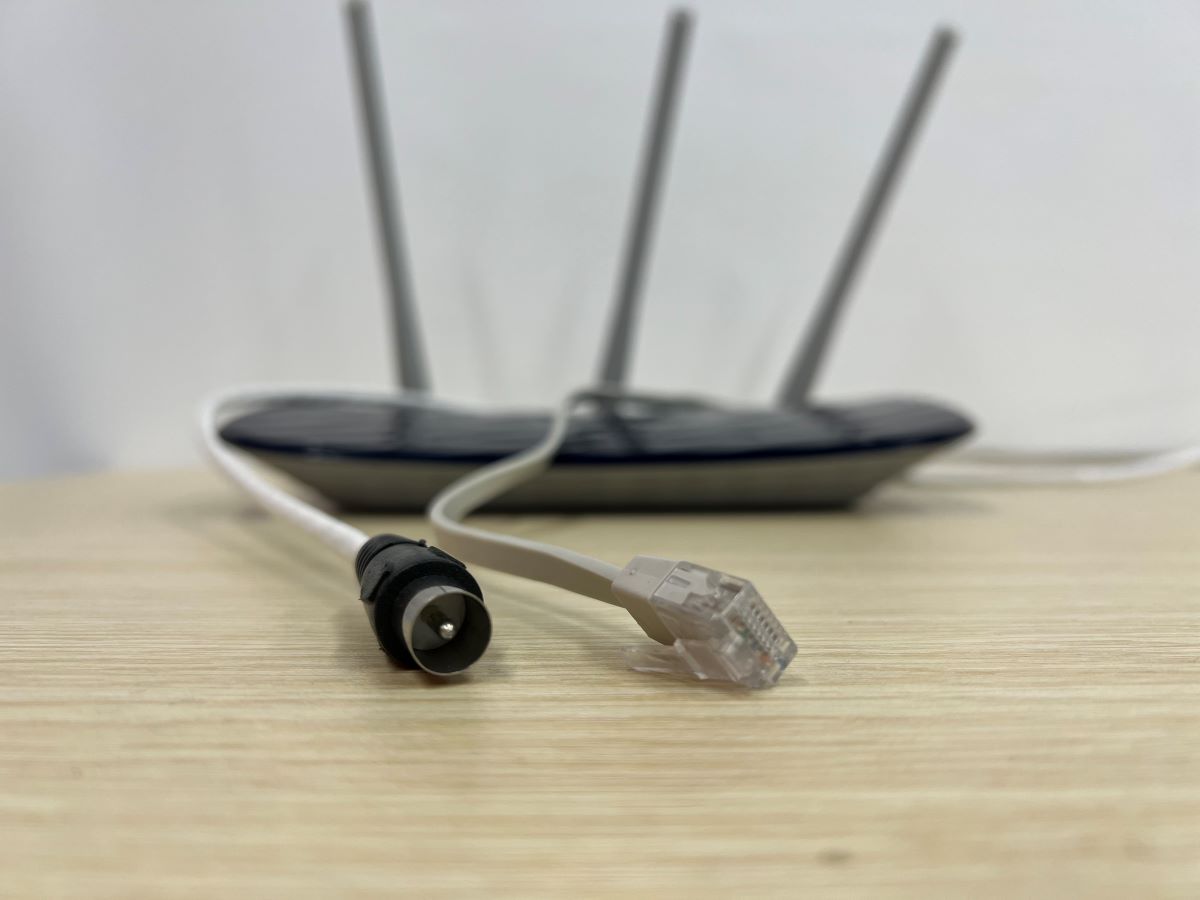
What To Know
- Ethernet offers higher speeds (up to 400 Gbps currently) and a more secure, point-to-point connection, MoCA is advantageous in its use of existing coaxial infrastructure, making it a cost-effective and convenient option for many households.
- Ethernet is preferable for newer constructions or where high-speed, secure connections are essential
- While MoCA is more suitable for leveraging existing coaxial setups, particularly in older or multi-story buildings.
This article delves into the MoCA vs. Ethernet comparison, unraveling their differences, advantages, and which might be the best fit for your internet needs.
Join us as we explore every facet of MoCA vs. Ethernet, ensuring you make an informed decision for your home network.
Let’s explore this topic together.
Quick Navigation
How is Ethernet Better Than MoCA
The following are ways in which ethernet reigns supreme:
Increased Speeds
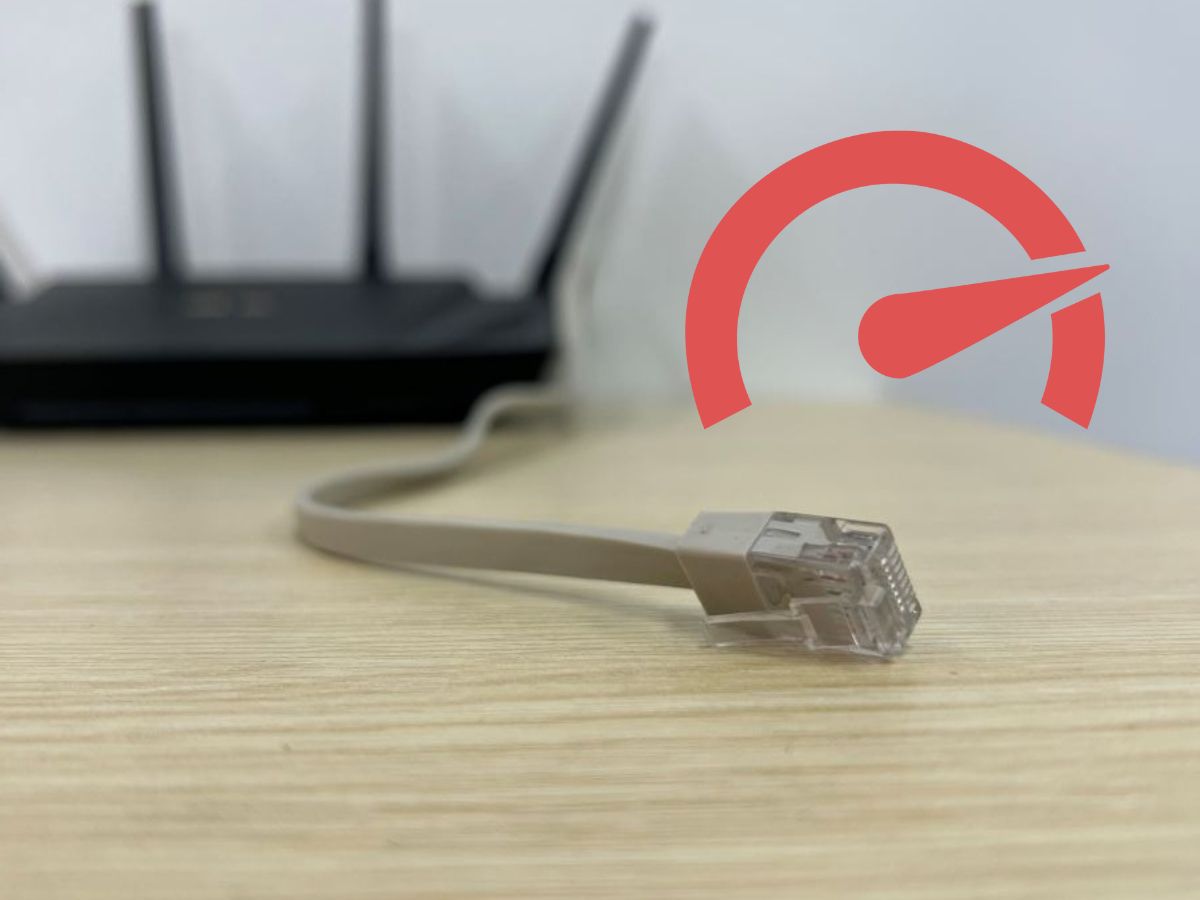
Although speedier and more reliable than Wi-Fi, MoCA is not snappier than ethernet.
With the introduction of NBASE-T tech, 2.5 and 5 GB networking is a reality with ethernet. MoCA, on the other hand, achieves a maximum theoretical speed of 2.5 Gbps.
Do note the actual speeds achieved with the respective technologies hinge on multiple factors, such as network hardware quality, the distance between devices, and network congestion.
Not to mention, the more incredible speeds make ethernet more futureproof too.
More Reliable
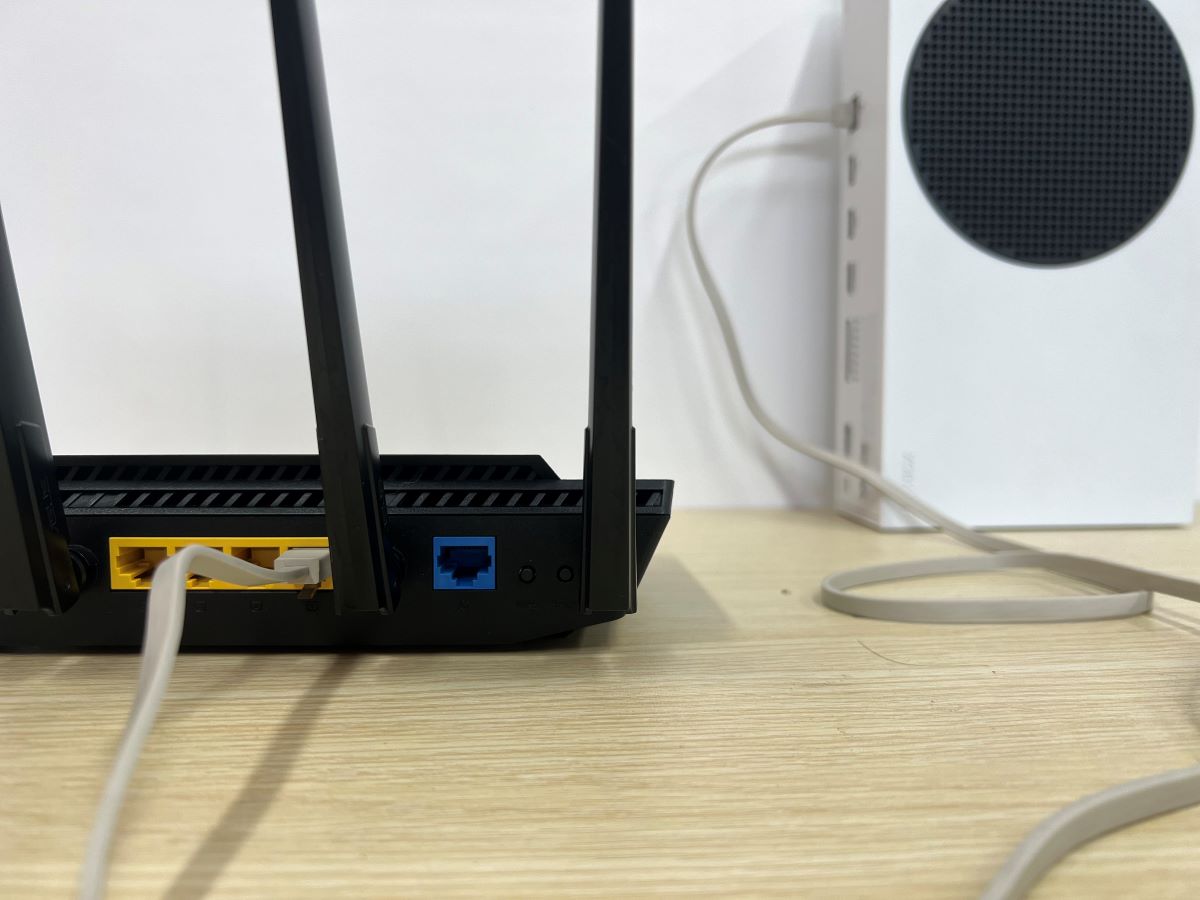
Unlike MoCA, ethernet employs point-to-point, dedicated connection between devices.
In other words, data travels between the receiver and sender without interference from external sources or other network devices.
The existing coaxial cables could be vulnerable to network interference from other devices. The shared infrastructure could cause network congestion, resulting in slowdowns or dropouts in connection.
The adapters in a MoCA setup used could also bottleneck the connection. The lesser the devices or junction points used in a design, the more reliable they will be.
No Limits on Scalability
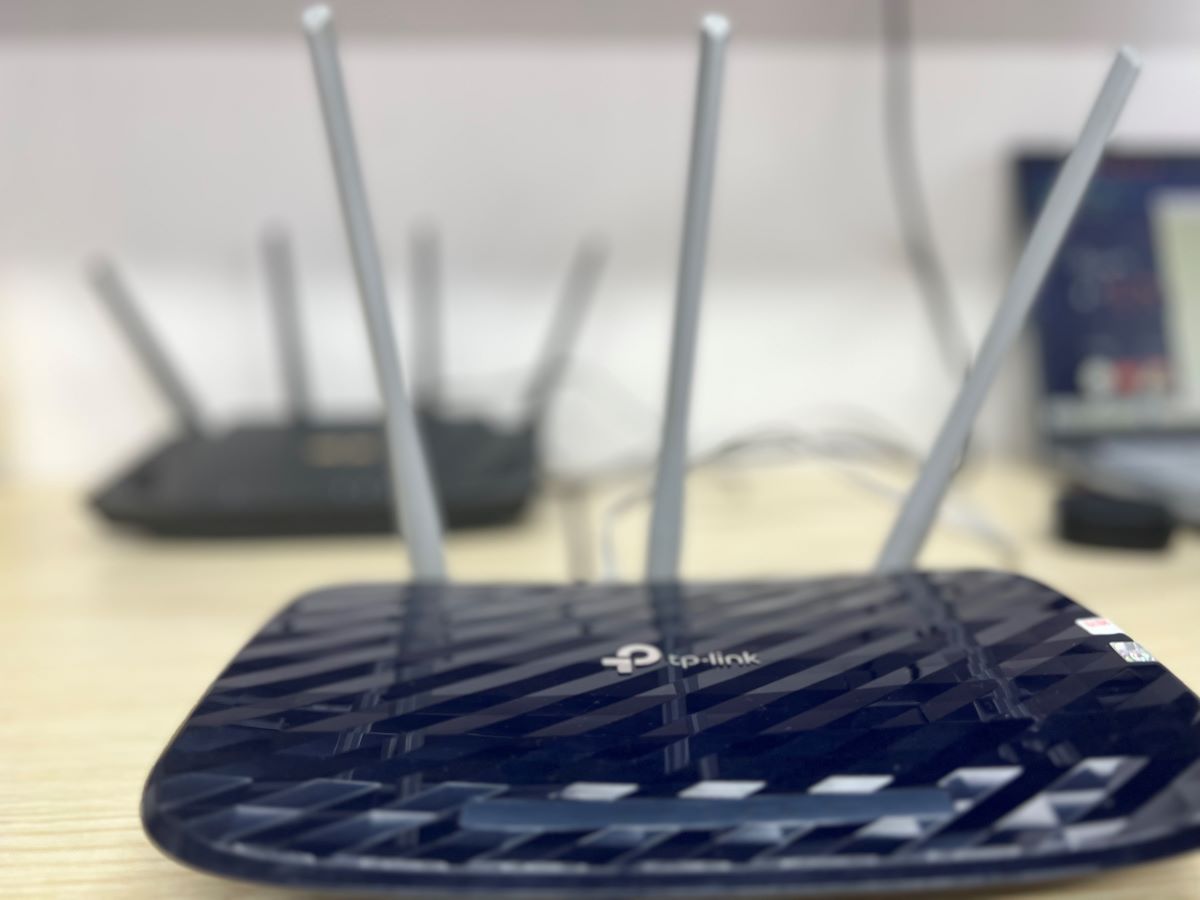
You can install or set up to 16 MoCA connections or adapters. Adding ethernet switches is the only way out if your requirement is more significant.
Ethernet can be scaled easily by adding extra routers or switches to a network, connecting more devices, and expanding the network coverage.
The quality of coaxial cabling also plays a role in determining MoCA’s ability to scale. The 2.5 Gbps MoCA speeds may not be ideal for specific high-bandwidth applications, causing another roadblock.
Benefits of MoCA Over Ethernet
MoCA has certain distinct advantages over ethernet. Here are they:
No Separate Cables Needed
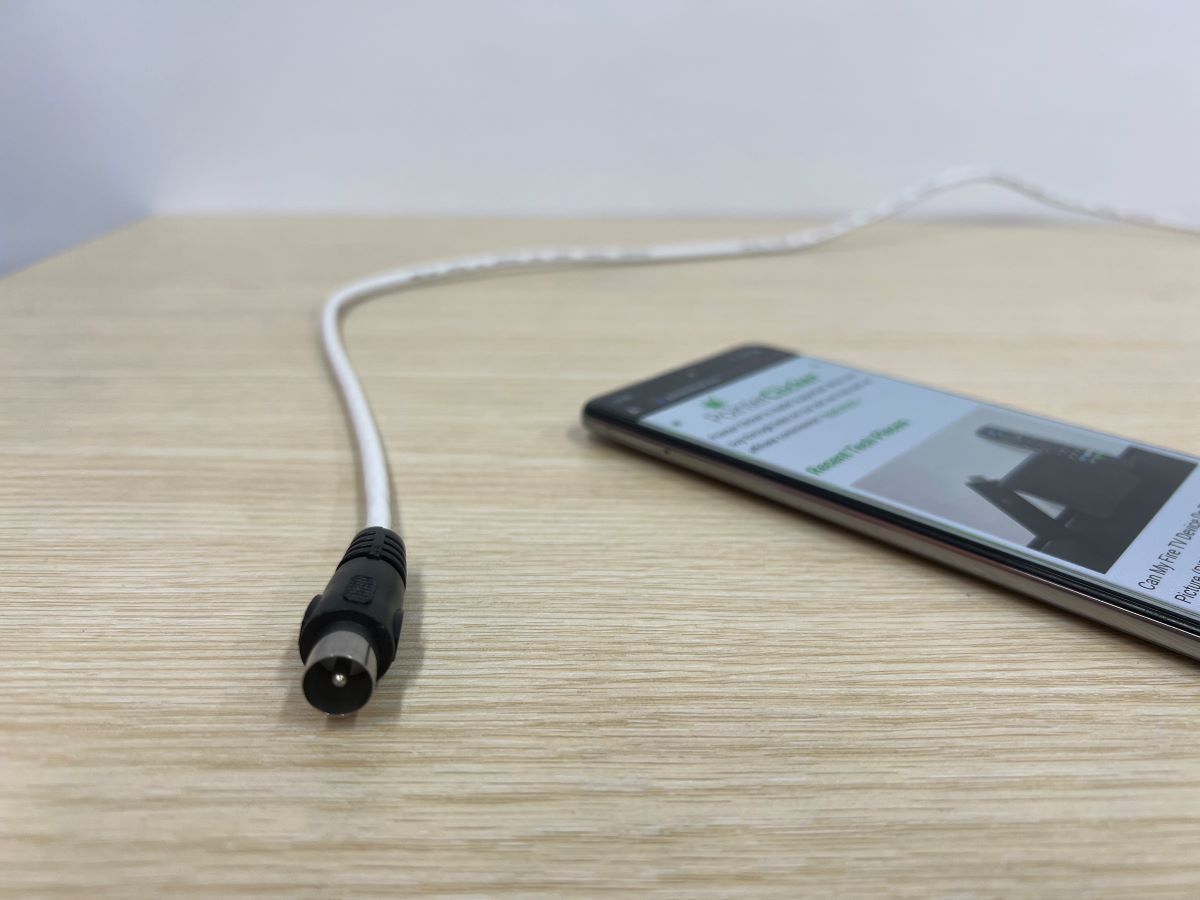
Unlike an ethernet setup, MoCA doesn’t require its own set of cables. It can make do with existing coaxial cables.
Using existing cables can be handy in scenarios where it could be tough or non-feasible to run ethernet cords, such as in multi-story homes or older buildings.
MoCA Has Greater Reach
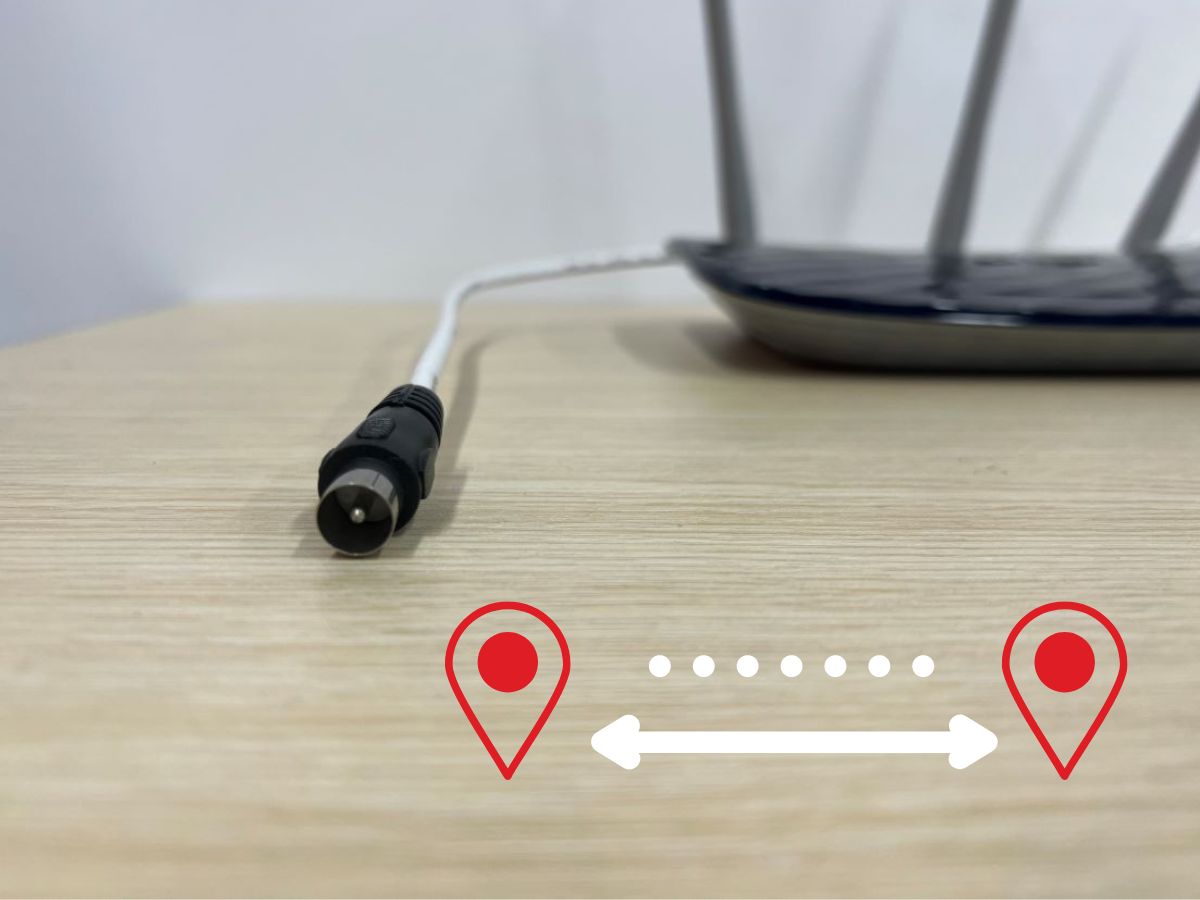
MoCA is more practical if you connect a device to the internet through wires, even if the router or switch is relatively far.
The coaxial cables that MoCA uses can carry signals over greater distances than ethernet cables without a significant dip signal loss.
Ethernet cables can be stretched to 100 meters (328 feet). Coaxial cables can transmit information to a maximum of 500 meters (1640 feet). Ethernet cables will require switches or repeaters to extend further.
Ensure the coaxial cords are high-quality or damage-free so there’s no signal loss or a reduction in network speeds.
Comparatively Inexpensive

MoCA doesn’t require separate cables. Although it needs separate adapters, they are not as expensive as setting up ethernet infrastructure.
Ethernet is generally more expensive since it entails running new cords from the router to all the devices you’d like to connect.
It also requires drilling holes and other installation work that could require professional assistance. Ethernet setup costs can increase if you have an office or a large home.
And if looking at a router with integrated MoCA adapters, those will cost more than traditional routers.
Understanding MoCA
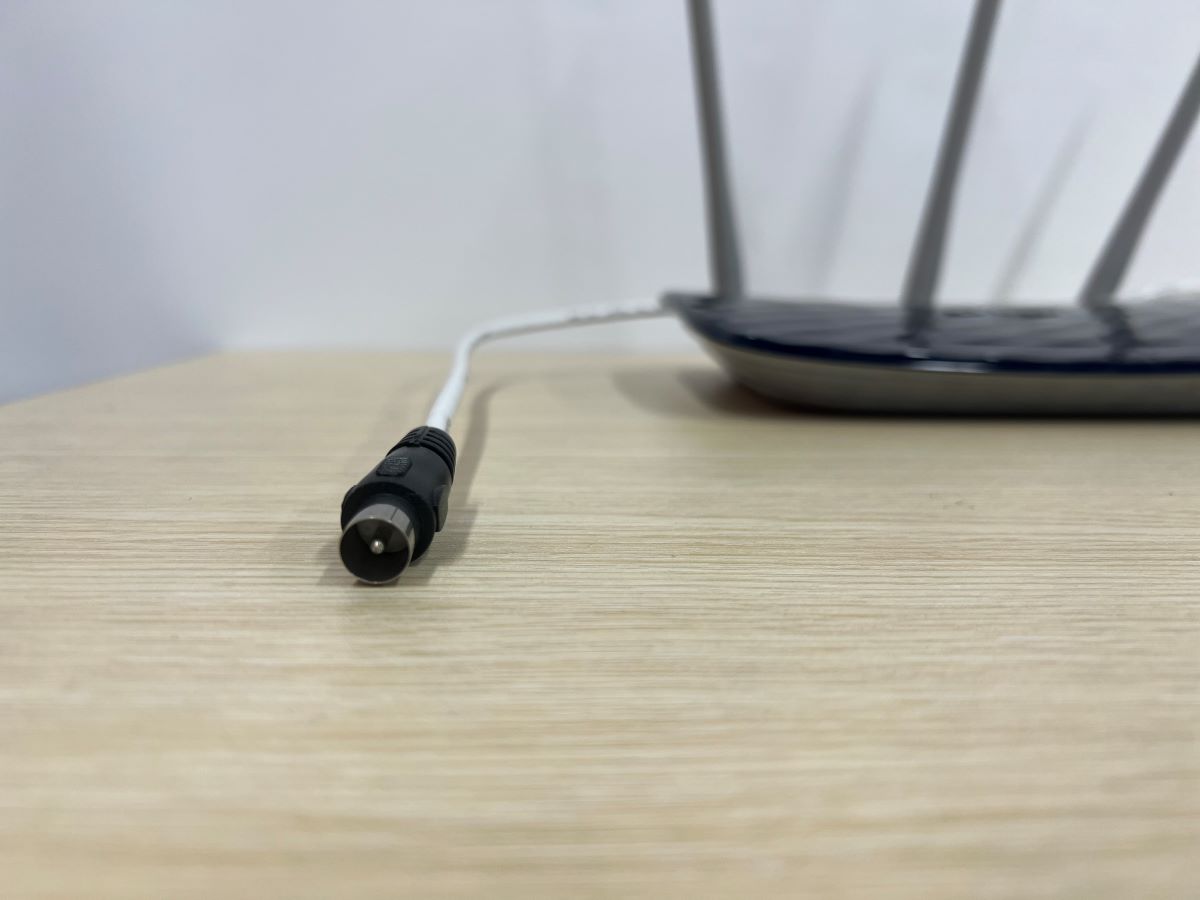
MoCA (Multimedia over Coax Alliance) is wired internet through coaxial cables.
It’s a wired alternative to mesh Wi-Fi or has a greater reach than ethernet, similar to Wi-Fi.
People choose MoCA over mesh Wi-Fi due to the reduced lag and lower latency experienced with the former in every corner of the house.
If you already have coaxial wiring in your house (you most likely should), leverage that to set up a wired high-speed internet connection.
There’s no renovation or planning regarding running new wires or drilling additional holes in a property.
Note that coaxial cords in most homes are interconnected to establish a network for internet and television services.
MoCA essentially taps in on that already built infrastructure.
Coaxial outlets may not be available in all rooms in a house but shall be present most certainly in places where people are most likely to consume electronic media.
Here is a MoCA timeline table and each version’s maximum potential speed:
MoCA 3.0 is expected in 2023 and shall support up to 10 Gbps speeds.
|
Version |
Year of Release | Maximum Speed |
|
MoCA 1.0 |
2006 |
135 Mbps |
|
MoCA 1.1 |
April 2010 |
175 Mbps |
| MoCA 2.0 | June 2010 |
1 Gbps |
| MoCA 2.5 | April 2016 |
2.5 Gbps |
MoCA Needs Adapters
MoCA uses adapters to send internet information across your home via coaxial wiring. Two adapters are generally used, like this pair of ScreenBeam MoCA 2.5 Network Adapters.
The first adapter connects to your router/modem; the other is used where you need an internet connection.
Some routers could be MoCA-enabled already. In that case, you’ll need only one adapter.
Because MoCA incorporates existing coaxial cables in a building or house, it’s a shared medium for transmitting information.
A typical MoCA network has multiple devices talking to each other over one coaxial cable setup. The sharing lets devices share the bandwidth available and transmit information simultaneously.
The MoCA adapters/devices part of the coaxial arrangement modulate and demodulate the data.
Despite the sharing, MoCA employs mechanisms for managing and prioritizing network traffic, ensuring reliable and efficient data transmission.
MoCA uses FDM (frequency division multiplexing), which partitions the frequency spectrum into various frequency channels or bands. Each band then handles certain data transmission activities, such as video, voice, or network data.
These various channels and QoS (Quality of Service) mechanisms enable MoCA to deliver reliable communication between the network’s devices.
Setting Up a MoCA Connection
Besides the MoCA adapters, you’ll also need routers, ethernet and coaxial cables, and coaxial cable wall outlets to set up a MoCA connection.
Once necessary hardware is handy, follow these steps to establish the link:
- Connect the primary router to a MoCA adapter using the ethernet cable.
- Connect the MoCA adapter to a coaxial port using a coaxial cable.
- Locate the coaxial port in the other room and connect it to the second MoCA adapter with another coaxial cable.
- Hook up the other end of the second adapter to your router, PC, or laptop’s ethernet port.
- Power on all connected devices, including the MoCA adapters.
- To check the connection, open a browser on a phone or computer. Conduct an Ookla or Fast test to check internet speeds.
Below is a video representation of a MoCA connection setup that uses a MoCA-integrated router:
Understanding Ethernet
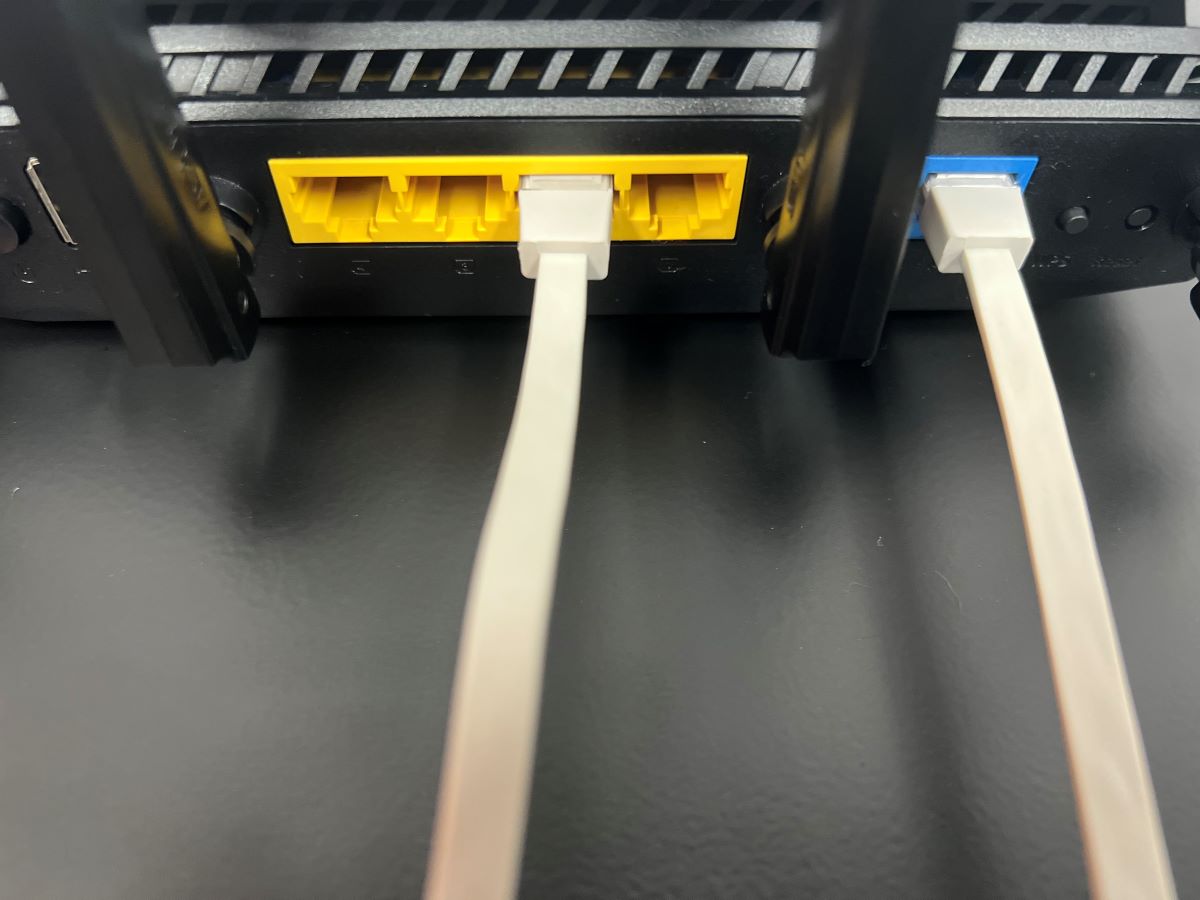
Ethernet is the standard LAN technology to connect devices part of a wired LAN (local area network) or WAN (wide area network).
Ethernet prescribes a common network language or sets a protocol that determines how devices transmit and receive information between each other.
The network employs an encased, physical cable over which information travels. Devices connected to the internet with wires invariably use ethernet.
Due to ethernet’s physical nature, the connectivity is reliable and secure, which businesses, gamers, and end users of other kinds appreciate. Compared to WLAN (wireless LAN), ethernet is less prone to disruptions.
Not to mention, using physical cables makes it extremely challenging for unauthorized people to hijack network bandwidth or access data.
The wired nature of Ethernet also means much improved speeds compared to wireless connections. Below is a table showing how Ethernet speeds progressed over the years:
| Period | Speeds |
| 1970s | 10 Mbps |
| Mid-1990s | 100 Mbps |
| Current | 400 Gbps |
Ethernet initially used coaxial cables. Currently, ethernet uses three types of wires:
- Twisted pair
- Coaxial
- Fiber-optic.
Twisted-pair cables are the most common. They are wire pairs twisted together to decrease interference. The cable is quite flexible and inexpensive to deploy.
However, fiber-optic cabling is on the rise, especially for high-performance setups.
How Does Ethernet Work?
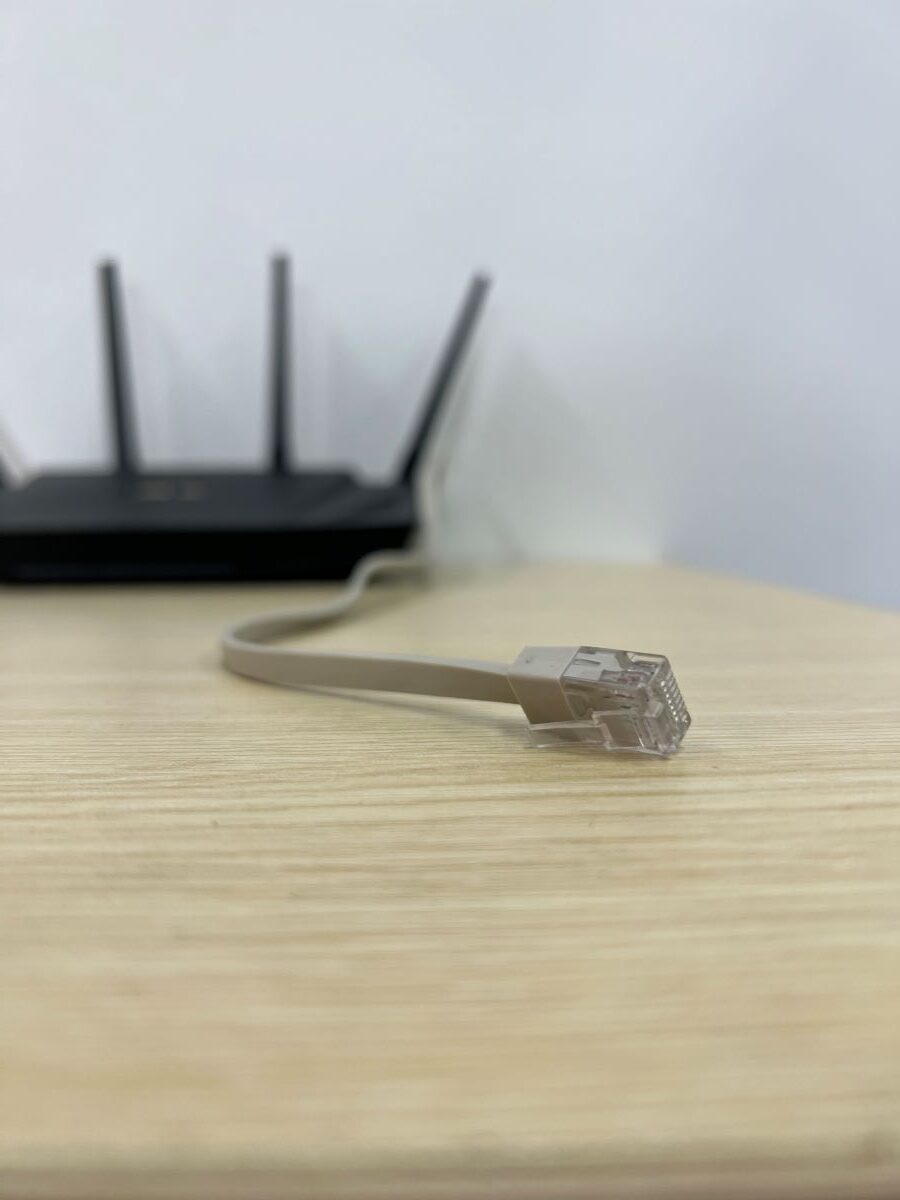
Ethernet sends information over the network by breaking it up into short, different pieces of data called frames. Frames are comparable to sentences used in human language.
A frame has maximum and minimum lengths and necessary information. For instance, it includes source and destination addresses, identifying the message’s sender and recipient.
It also contains a packet, the payload information, or the core message. Watch this video for a clear understanding of the segments of data a frame contains:
The devices on the network use a MAC (Media Access Control) address, a unique 48-bit number identifying the device’s network interface.
When a connected device wants to transmit information to another linked device on the ethernet network, it checks for network congestion first using the CSMA/CD (Carrier Sense Multiple Access with Collision Detection) protocol.
If another hardware is not transmitting information, the device proceeds to send the data across.
The transmitted data is disassembled into frames, with every frame comprising a segment of the transmitted data and control information, including the destination and source MAC addresses.
After the frames are sent over the network, destination devices use the MAC address to detect the packets intended for it and put them together as original data.
Setting Up an Ethernet Connection
You’ll need routers and cables to set up an ethernet connection. Follow these steps:
- Connect the ethernet cable to the wall and insert the other end of the line into your router’s ethernet port.
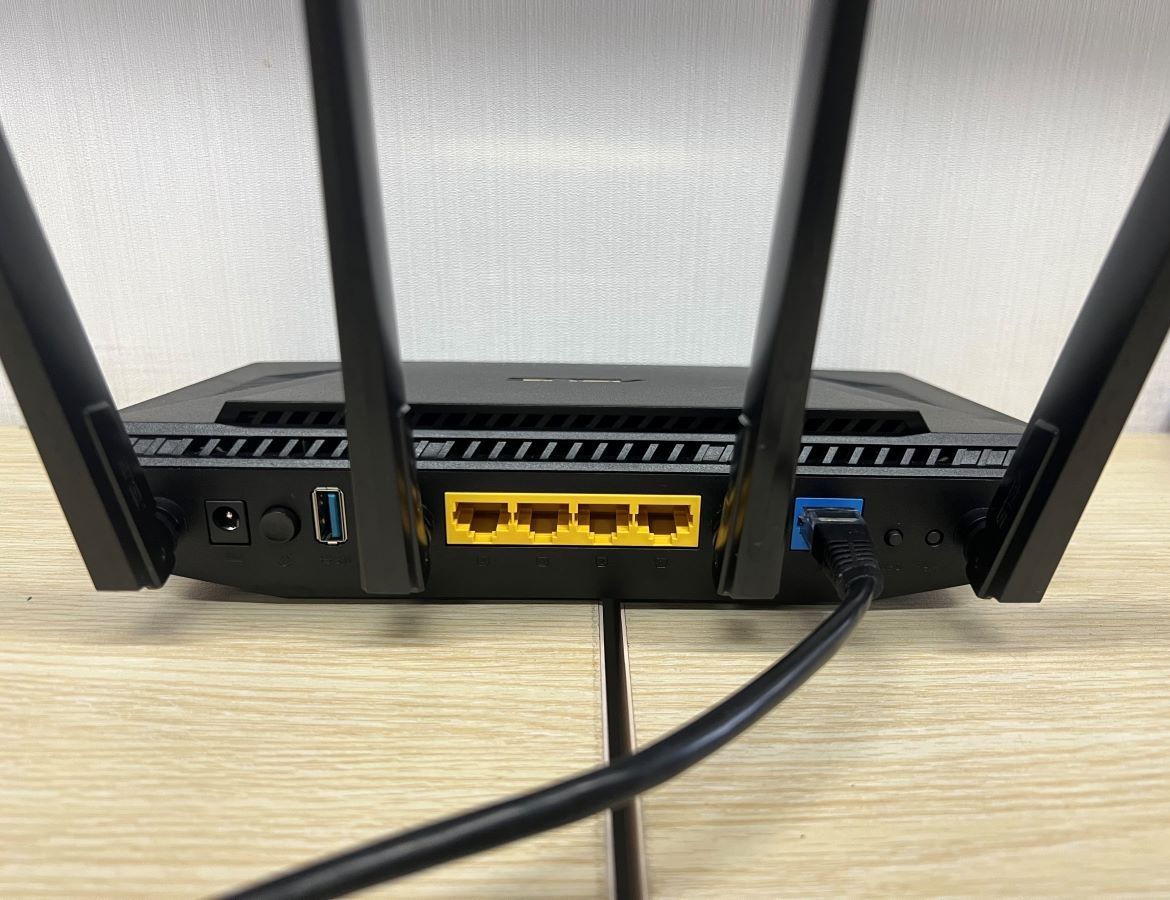
- Locate the ethernet wall port in another room and run an ethernet cable to the ethernet port on the second router.
- Connect the routers to their power sources and turn them on.
- Do a Fast or Ookla test to check the internet connection and speed.
Conclusion
To conclude, MoCA and ethernet are veritable forms of wired internet connection. They are both more reliable, secure, and consistent than Wi-Fi.
If your house doesn’t have as many ethernet ports as coaxial ports in its various rooms, MoCA lets you employ those wall ports to avail the internet.
Although ethernet offers reliable connectivity, greater speeds, and is more widespread than MoCA, it can be challenging to erect in older properties.
Because MoCA uses already-in-place coaxial cords, it’s a more cost-effective and convenient solution overall. It, however, may not suit households, particularly those with sub-par coaxial cables built-in.
There’s no clear winner here, even though the balance shifts slightly in favor of MoCA.
We recommend weighing the positives and negatives of the two wired internet technologies and considering your circumstances and specific needs before zeroing in on one.
Catherine Tramell has been covering technology as a freelance writer for over a decade. She has been writing for Pointer Clicker for over a year, further expanding her expertise as a tech columnist. Catherine likes spending time with her family and friends and her pastimes are reading books and news articles.

